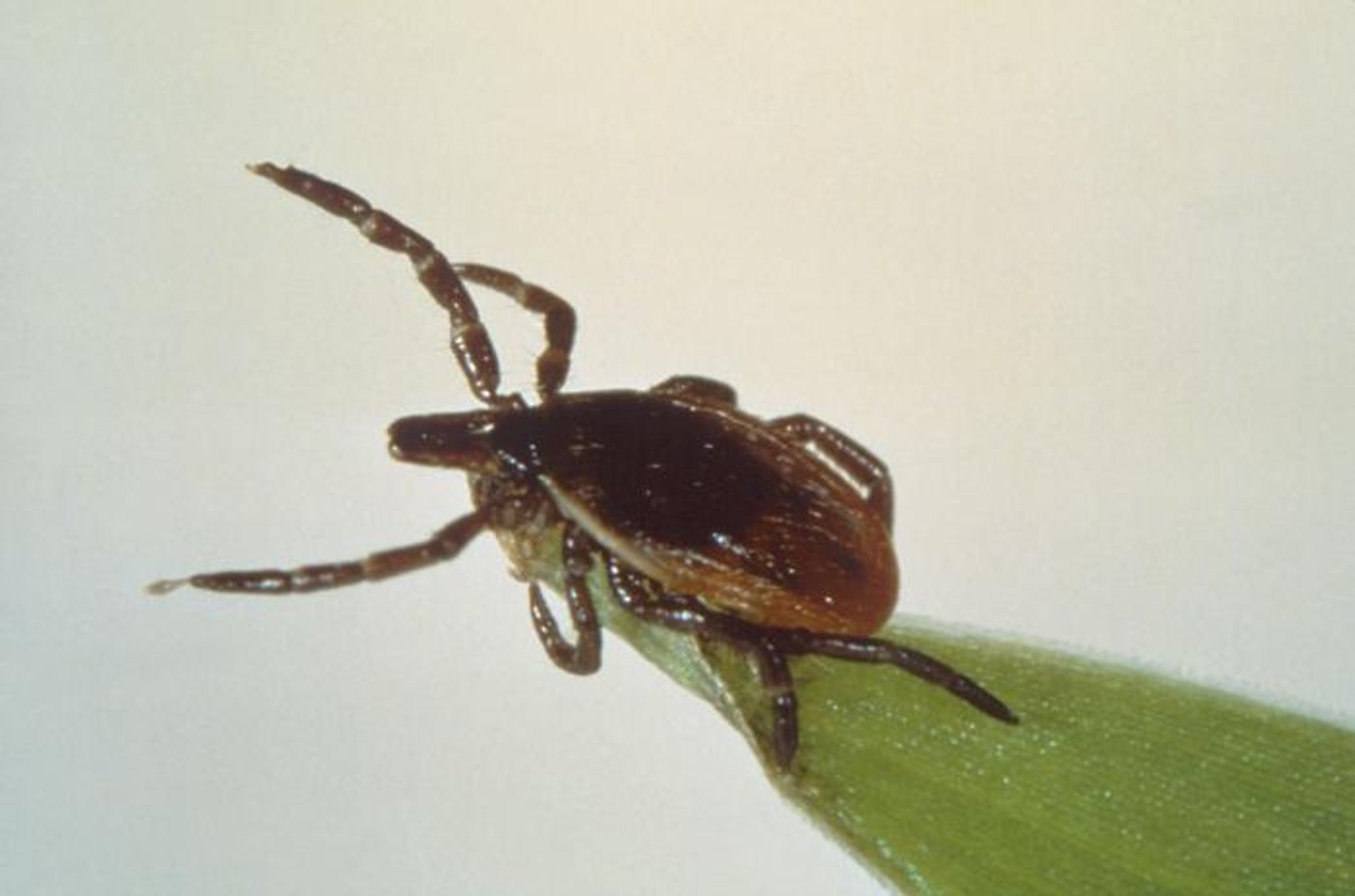Why Cases of Lyme Disease Have Spiked
Lyme disease occurs when someone is bitten by a deer tick that is carrying pathogenic bacteria called Borrelia burgdorferi (and in rare cases, Borrelia mayonii). The bacterial infection can cause a bull's eye rash in some cases, but not every time, or the rash might not always be in a visible area, so the disease can be difficult to diagnose. But it's important to treat this infection as soon as possible. The illness is usually diagnosed with a test that looks for the presence of antibodies to Borrelia bacteria.
Cases of Lyme disease increased by over 68 percent in 2022, but this was largely due to a change in how the disease is tracked. Definitions that are used by The Council of State and Territorial Epidemiologists and the Centers for Disease Control and Prevention were updated in an effort to learn more about Lyme disease. At one time, it was necessary to provide clinical information in addition to laboratory testing, which significantly increases the workload for reporting individual cases. Now, areas with high incidences of Lyme disease can provide lab test results while reporting cases, without needing to include clinical data. Areas with low incidiences of the disease will still have to provide supporting clinical data. However, this will help scientists track the disease more effectively, especially in places where it happens to many people.
"The new Lyme disease case definition allows us to get a more accurate count of Lyme disease cases in high-incidence areas, which will improve our understanding of Lyme disease and its impact on people living in the United States," explained Dr. Bobbi Pritt, the Director of the Clinical Parasitology Laboratory at Mayo Clinic.
If Lyme disease is not treated in a timely fashion, it can lead to serious complications including joint pain and arthritis. There can also be neurologic symptoms, and paralysis that affects one side of the face, known as Bell's palsy.
Lyme disease is most common in the Northeast, Mid-Atlantic, and Upper Midwest of the United States, as well as parts of Europe, Asia, and Canada.
If an individual finds a tick on their body that has been attached for more than a day, and they live in an area where the disease is common, Pritt recommended that these individuals should see their healthcare provider.
"If a patient lives in an area where there's a lot of Lyme disease, finding a tick that's been attached to them for more than 24 hours, ideally more than 36 hours, that in and of itself is enough to prompt them to go to their physician to see if they should get some antibiotics to prevent Lyme disease," Pritt said.
In addition, if someone has symptoms like a fever, headache, or rash in the spring and summer months, they should go to a healthcare provider to determine whether they have been exposed to a tick-borne illness.
It's still possible to prevent tick-borne diseases by reducing the likelihood of tick bites. People should avoid areas with a lot of ticks, use insect repellent with a DEET level over 30 percent, wear clothing that covers the arms and legs, and tuck your socks into your pants while hiking. Studies by the Environmental Protection Agency have also shown that oil of lemon eucalyptus is nearly as effective as DEET, noted Pritt.
Sources: CDC. Mayo Clinic




![[Guide] 7 Strategies to Boost Laboratory Collaboration](https://d3bkbkx82g74b8.cloudfront.net/eyJidWNrZXQiOiJsYWJyb290cy1pbWFnZXMiLCJrZXkiOiJjb250ZW50X2FydGljbGVfcHJvZmlsZV9pbWFnZV83YzBjZWIwM2Y5YzI4MmFlYzBhZDZhMTcyNTQ1ZGU3YmE4Y2MzMDYyXzUxNDkuanBnIiwiZWRpdHMiOnsidG9Gb3JtYXQiOiJqcGciLCJyZXNpemUiOnsid2lkdGgiOjcwMCwiaGVpZ2h0IjozNTAsImZpdCI6ImNvdmVyIiwicG9zaXRpb24iOiJjZW50ZXIiLCJiYWNrZ3JvdW5kIjoiI2ZmZiJ9LCJmbGF0dGVuIjp7ImJhY2tncm91bmQiOiIjZmZmIn19fQ==)




